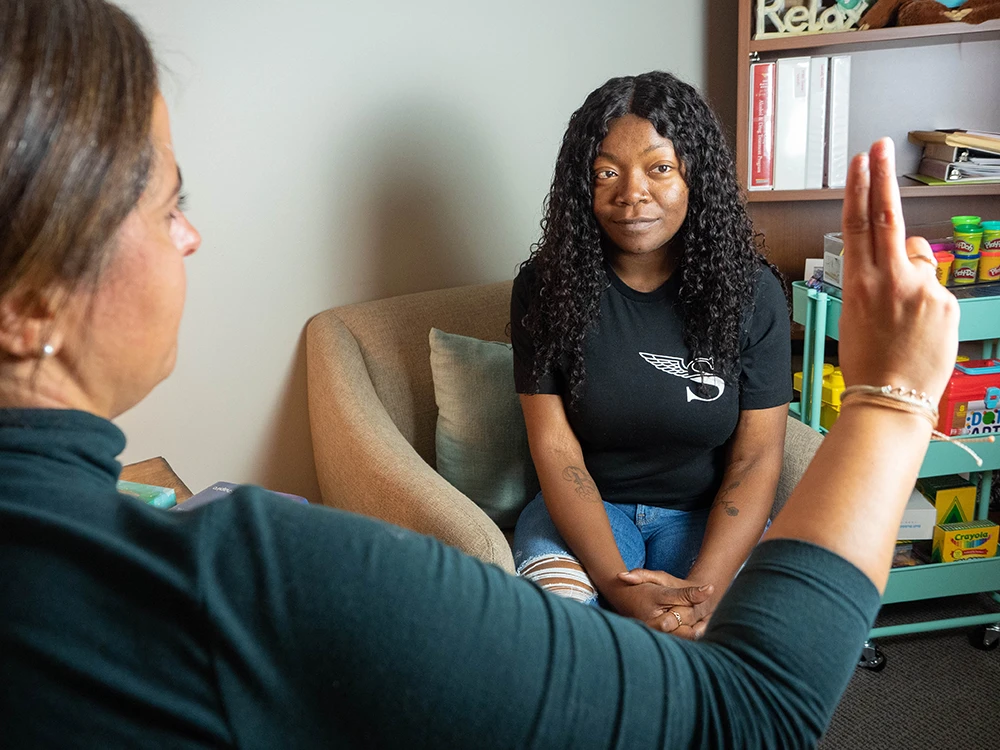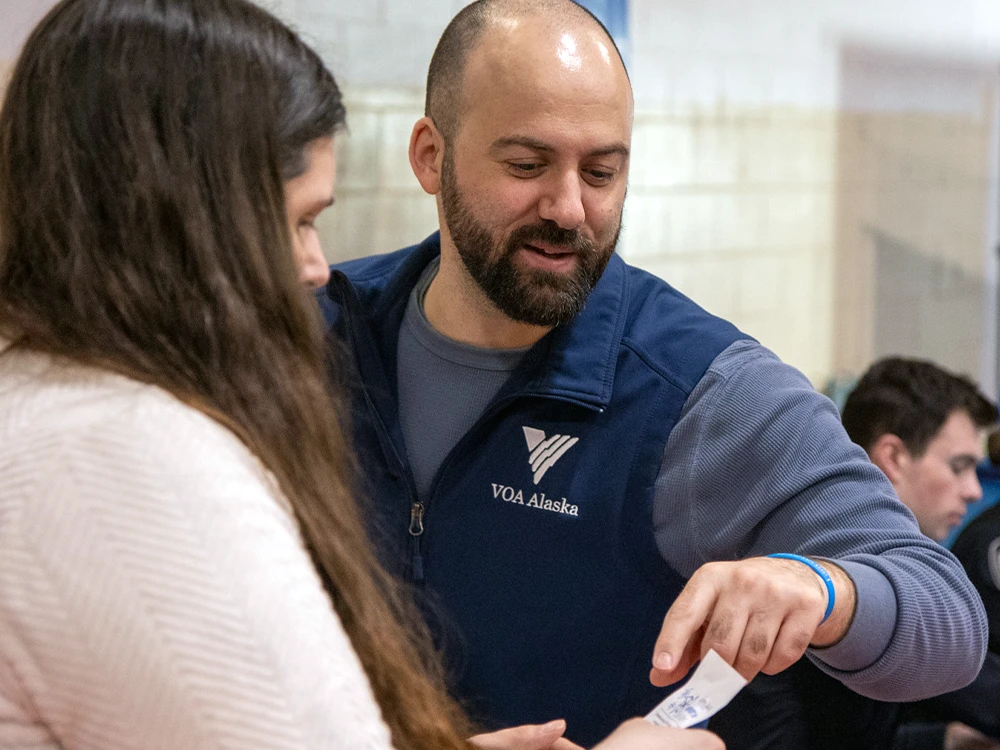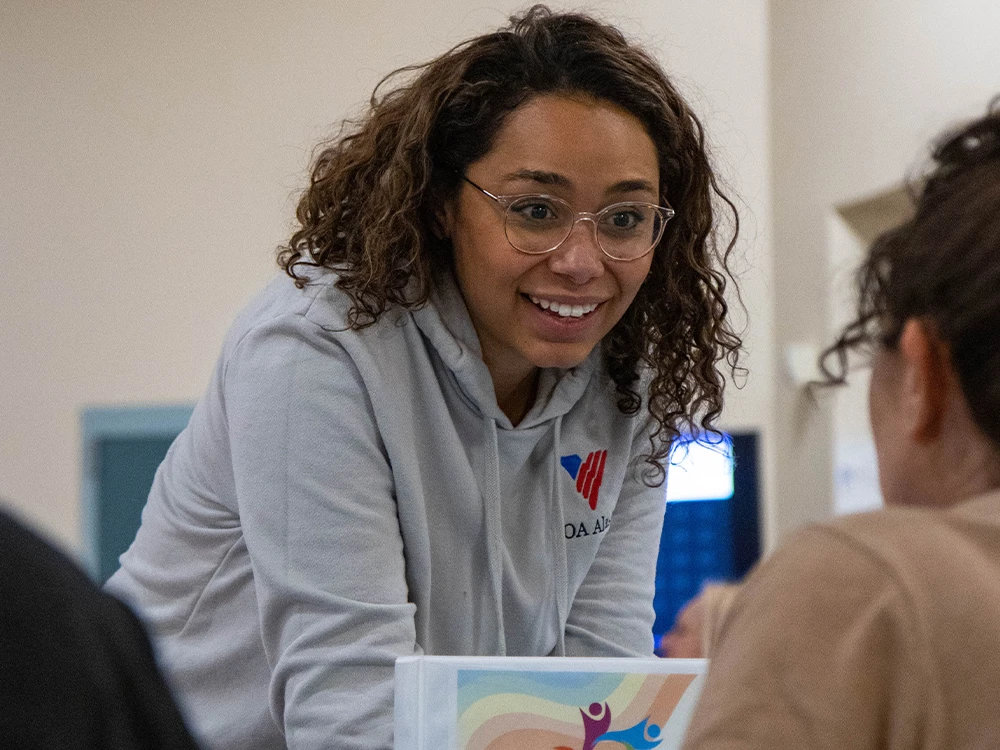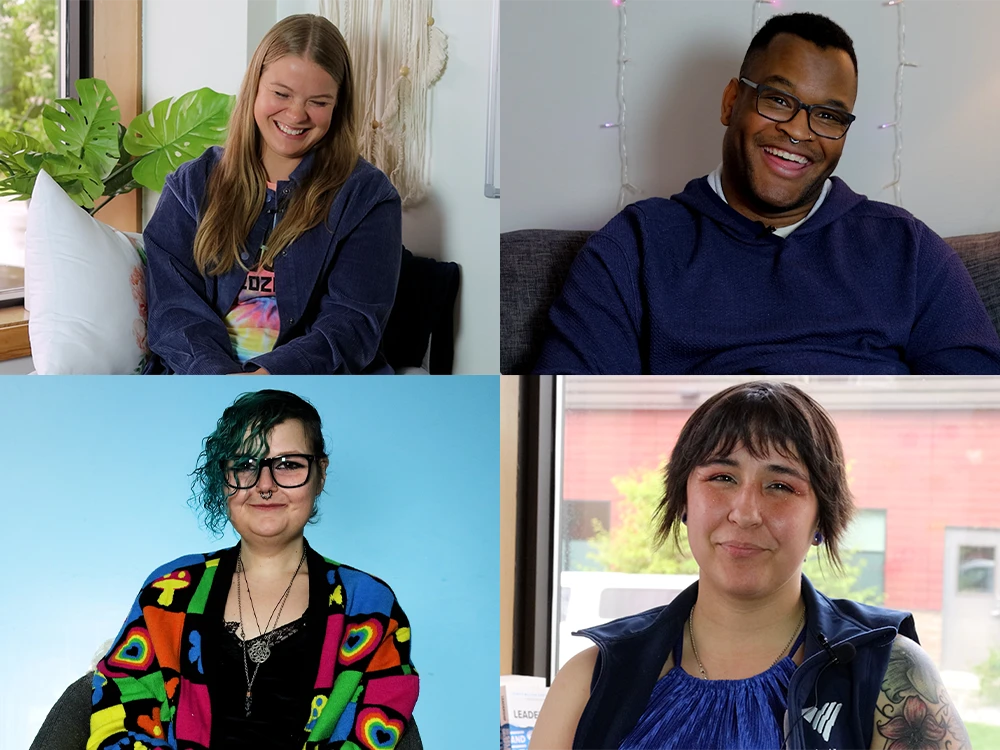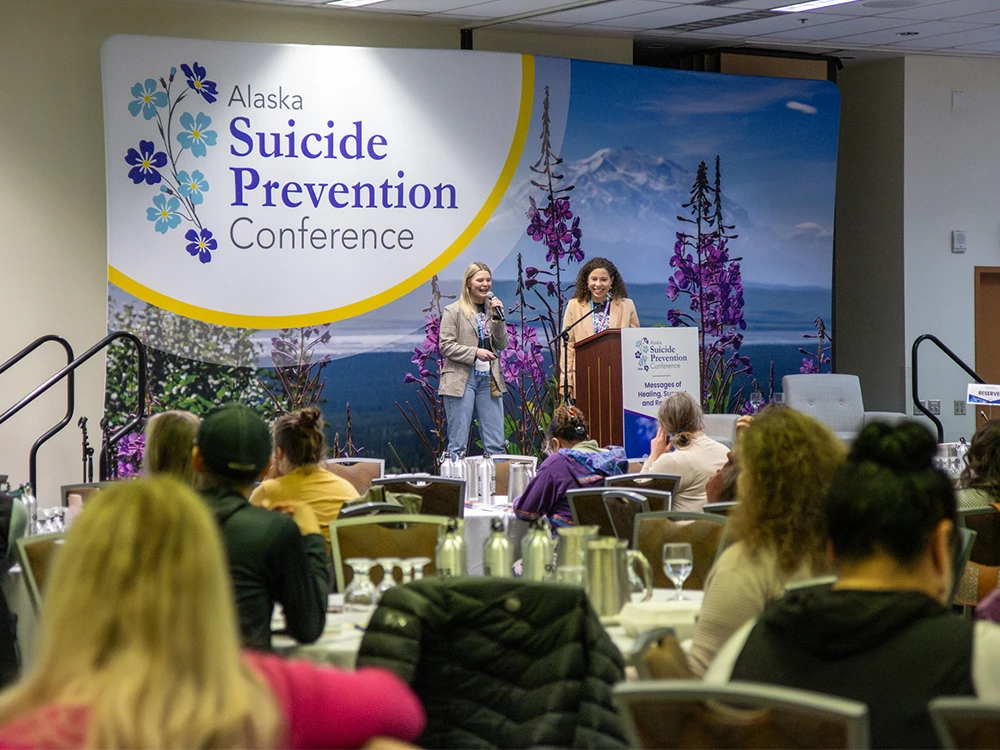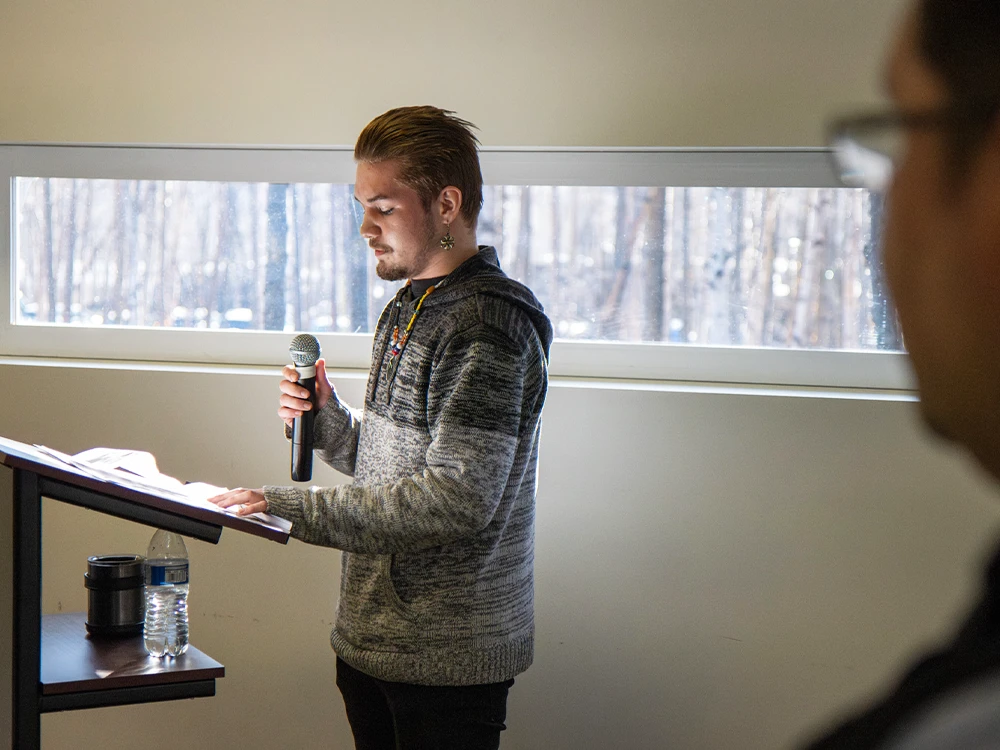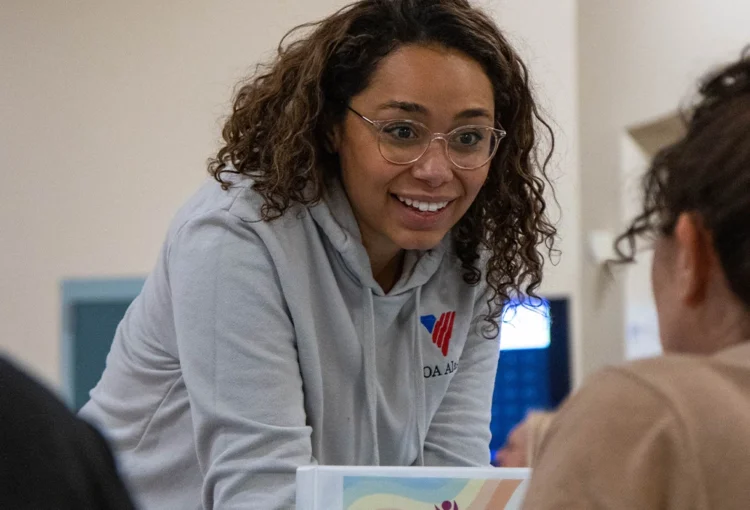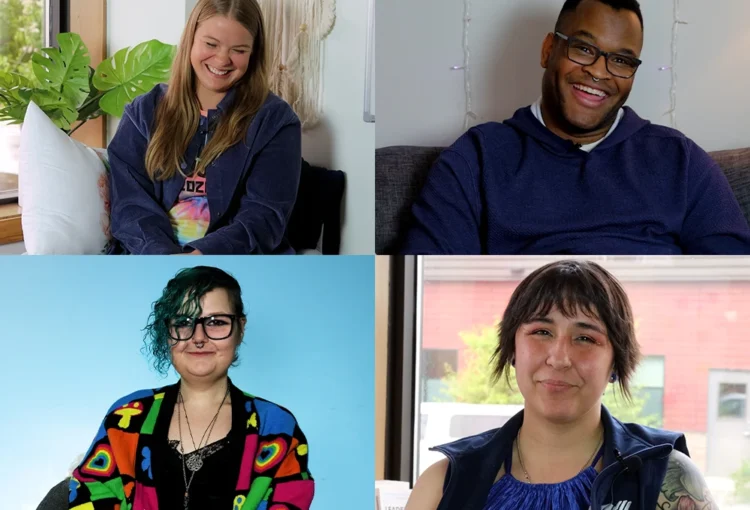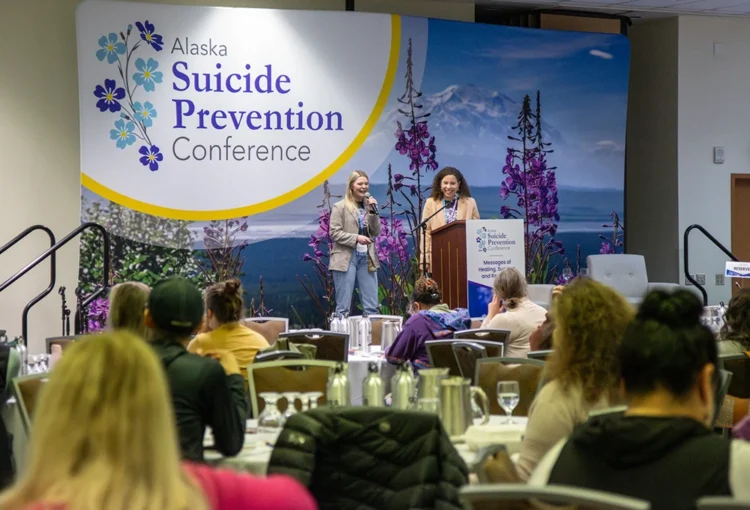Therapy has never been one-size-fits-all. From traditional “talk therapy” to art and recreational therapy to a combination of those and other innovative methods, our clinicians are committed to finding just the right tool to help those in our care find hope, health, and healing.
The newest addition to VOA’s therapeutic toolkit is Eye Movement Desensitization and Reprocessing. Better known by its mercifully short acronym, EMDR was first used as a treatment for Post-Traumatic Stress Disorder. As its use grew, behavioral health professionals discovered it to be highly effective for a full spectrum of mental health challenges, including depression and anxiety, substance misuse and addiction, and even grief.
How Does EMDR Therapy Work?
After we are exposed to trauma, our brain sometimes keeps those memories active long after the experience. We’re not only remembering it—we’re reliving it. This puts us in flight, fight, or freeze mode each time that memory is triggered. EMDR therapy takes a side-door approach into that neurological process, focusing directly on how those memories are stored in our brain. It doesn’t make you forget the experience; it helps your brain reprocess it for what it is, something that happened in the past, so your body can stop responding to every trigger as if you are in danger.
The core element of EMDR therapy is bilateral (think side-to-side, right-to-life) movement. And despite the name, it doesn’t always involve the eyes. Sometimes it is watching a clinician move their fingers from right to left and back. Sometimes it is simulated by putting on a pair of headphones and listening to clicks—one in the right ear, then in the left, then right, then left. It can also be taps, patting yourself on the right knee, then the left knee, then right, then left.
This repeated movement grounds you in the present while you revisit the experience. It also helps you connect that traumatic memory to the safety you feel in your clinician’s office. Over multiple sessions, combined with other treatment methods, you’re desensitized to the memory and your brain is allowed to reprocess and heal itself.
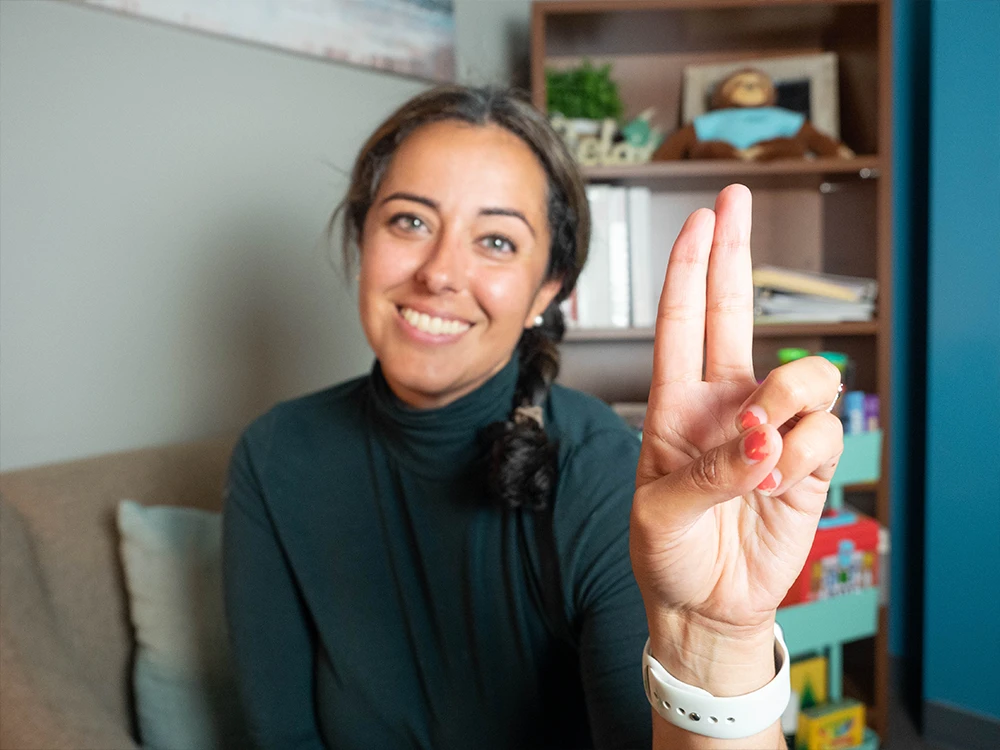
EMDR Therapy at VOA Alaska
While EMDR therapy has been used by mental health professional around the world for years, cost and access has often been a barrier. As a non-profit provider of behavioral healthcare, VOA Alaska provides therapeutic services at the lowest cost possible, and we have discounted fee programs to ensure no one is turned away. With multiple VOA Alaska mental health clinicians trained or being trained in EMDR, we’re expanding access across all our treatment programs to serve youth, young adults, and families throughout our community.
Many of the young people who enter VOA Alaska’s care have prior treatment experience. Providing EMDR therapy offers another avenue for recovery and healing they may not have had access to elsewhere.
As a specialized service, VOA Alaska also provides EMDR therapy to individuals who visit an outside therapist. Our clinical team will work together with the therapist and family to identify barriers and ensure the highest level of care.
For those enrolled in VOA Alaska’s care, EMDR is one component of an individualized, strength-based treatment plan—and it can be done both in-person and via telehealth! Every day our team strives to meet the needs of Alaska’s youth and families, and we’re excited to now offer EMDR therapy as a resource to our community.
To learn how to get started with VOA Alaska’s mental health, substance misuse, and residential treatment services visit our Getting Started page or contact our Client Care Team today at (907) 279-9640.
For more information about EMDR therapy, here is an overview from the American Psychological Association: https://www.apa.org/ptsd-guideline/treatments/eye-movement-reprocessing

